- Learning time
- 10 minutes
- First play time
- 60 minutes
Dixit
Designed by:
Despite the big(ish) box, Dixit consists of simply a deck of cards (plus a few voting tokens and a score track); but these cards are like nothing you’ll have seen in a game before. Each of the 84 oversized cards has no letters or numbers, just strange painterly imagery like something from a child’s dream after too many Babybels and a dark bedtime story. In one, a cat watches a mounted reindeer head cry tears into a puddle on the floor. In another, a lonely figure in strange costume holds up a candle to discover he’s trapped in a lightbulb. And those are just a couple that could be succinctly described. But how do these peculiar scenes add up to a bonafide tabletop game? Rather brilliantly, as it turns out.
Each player keeps a hand of seven cards, and on his/her turn, secretly chooses a card and offers up a clue about it. This clue could be a single word, a short phrase – a noise even. The other players each choose a card from their hand to which the clue could apply – all the cards are shuffled, revealed and laid out. Now everyone but the player who gave the clue secretly votes for which card they believe the clue related to (they can’t choose their own). Once the votes are revealed, points are scored for correct guesses. But of course, there’s a catch.
If no-one chooses correctly, or if everyone does, the clue-giver scores no points and all the other players score instead. So the heart of the game is in giving clues which are not too obvious, but not to obscure – the best outcome for the clue-giver is if one and only one player chooses correctly. The simplicity of the components and gameplay hides something really quite innovative – this is not about efficiency, or spacial acumen, or any of the other things we usually associate with board games – it’s a game that asks for creative thought from it’s players. It’s refreshingly different from almost anything else out there, and well worth seeking out. You shouldn’t have to look to hard either; it’s one of the handful of Speil De Jahres winners that is often available in high street stores, and a worthy edition to any games cupboard.
The guru's verdict
-
Take That!
Take That!
There's no room for vindictiveness here - but it is possible to offer a clue that you know only one person at the table will get. It might be best to decide before playing whether this is allowed or not!
-
Fidget Factor!
Fidget Factor!
Everyone is involved on every turn - the only potential downtime comes from waiting for the clue-giver to decide on a clever clue, which can hamstring some players.
-
Brain Burn!
Brain Burn!
No maths or planning, but some people (usually adults!) who are unconfident of their skills in lateral-thinking could feel a little out of their depth.
-
Again Again!
Again Again!
There's plenty of replayability in the base game, but if you find you've come to know the cards too well, new sets are available to mix in.

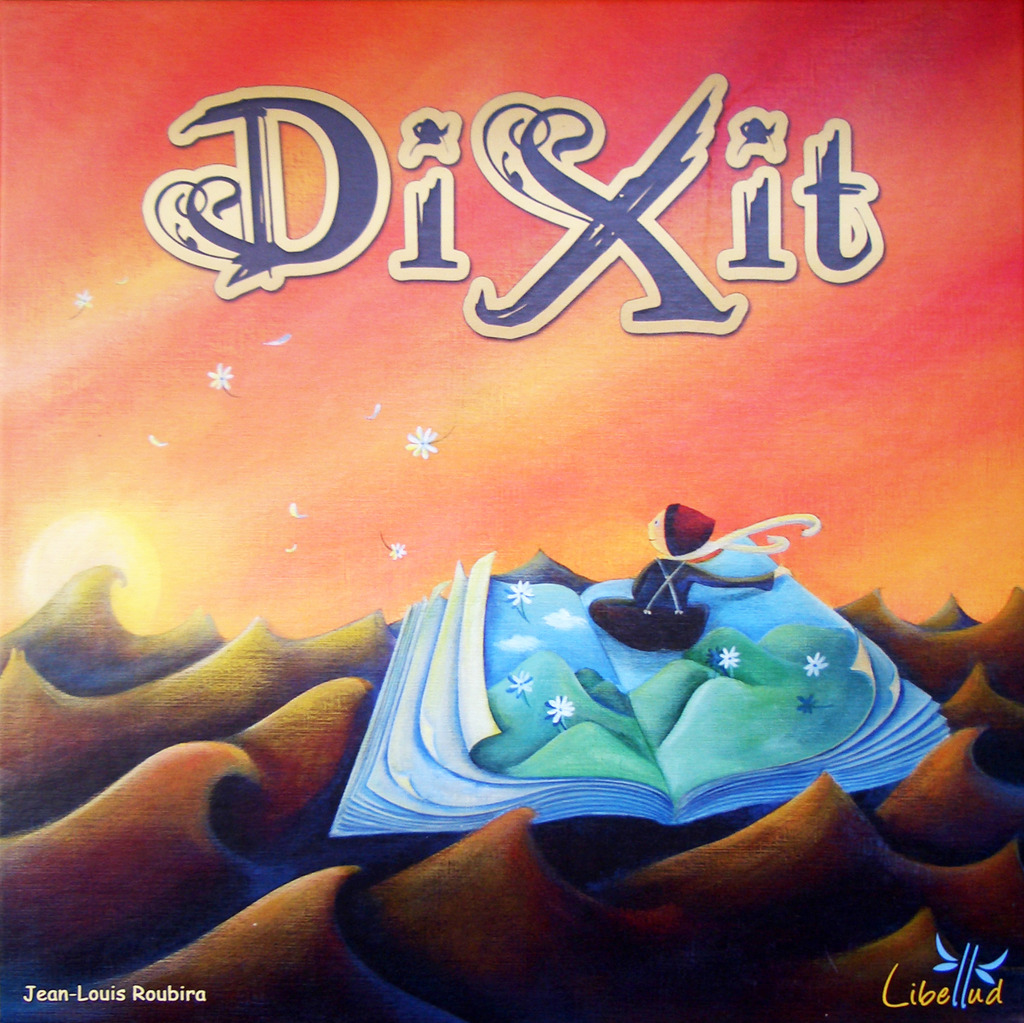
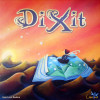
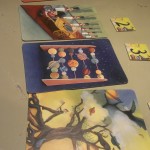
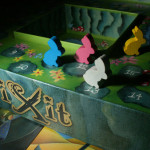

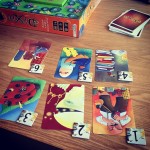
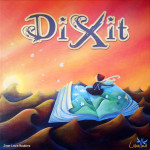

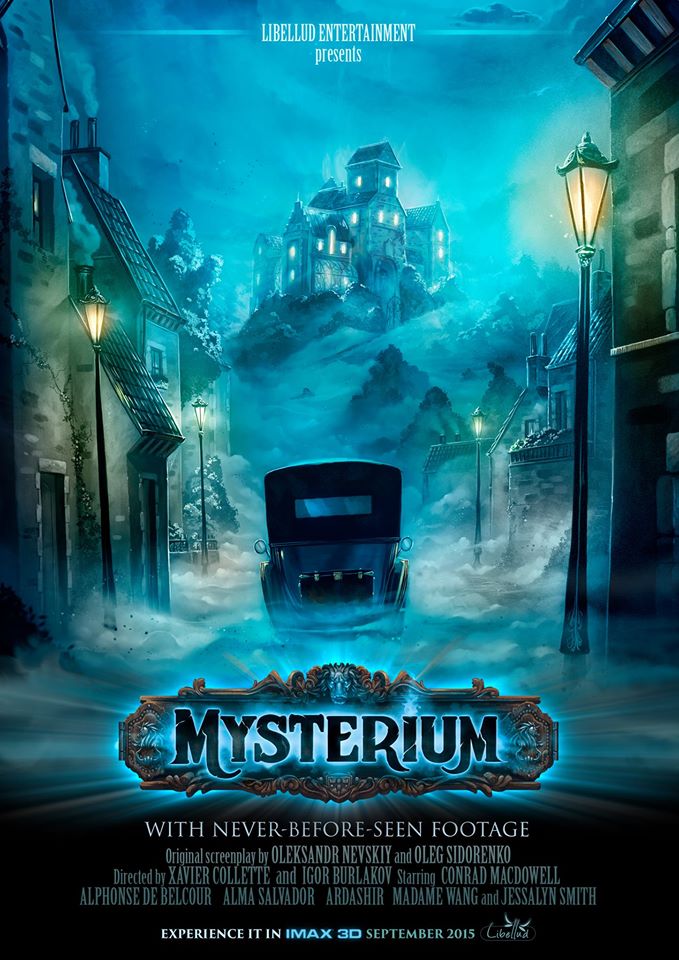

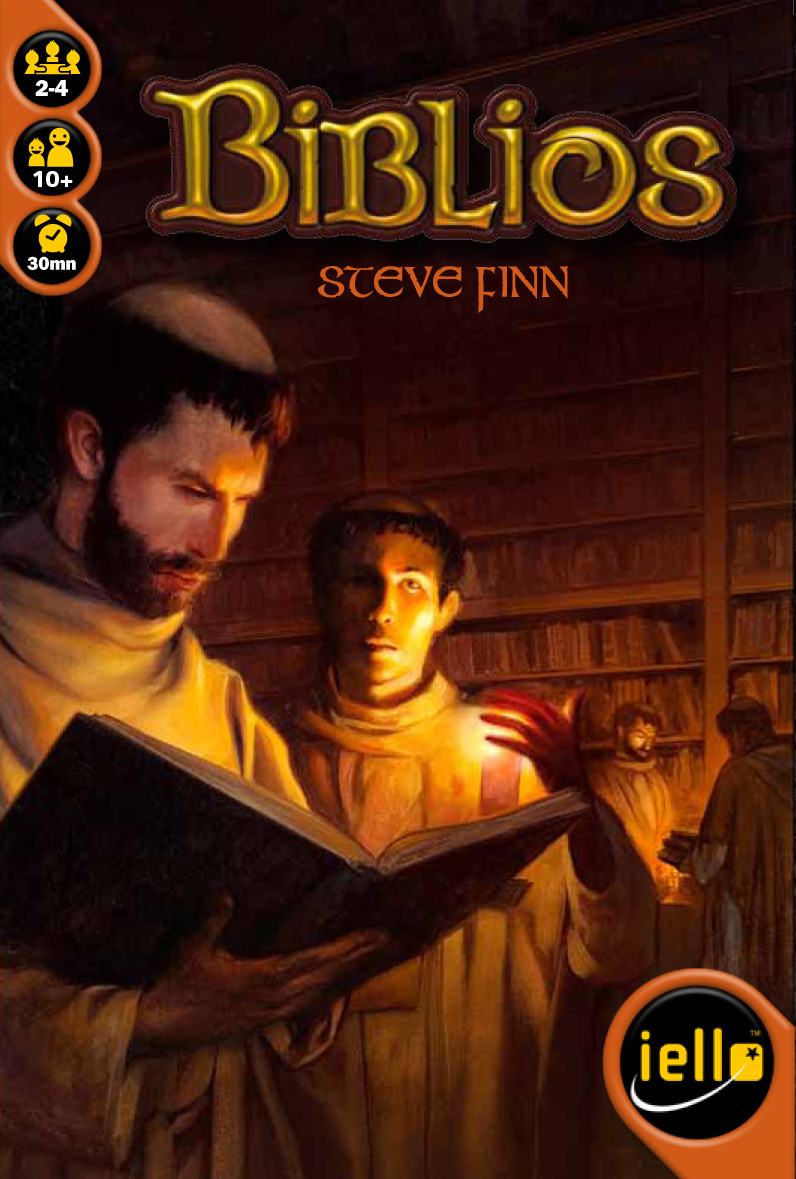
Sam says
A fun, family game that has a quality all of its own.